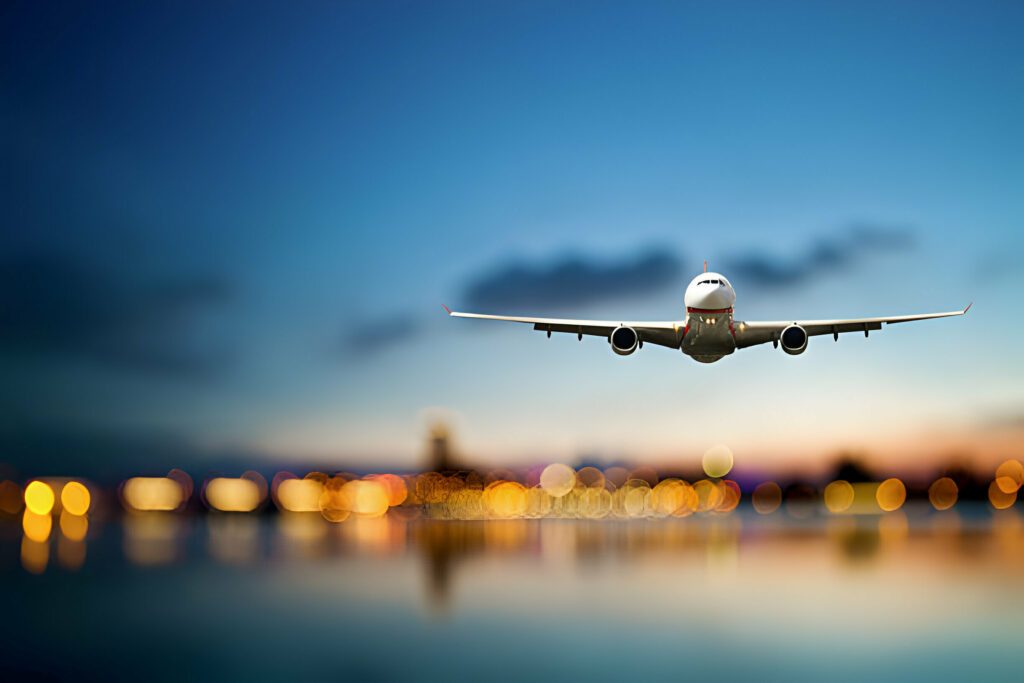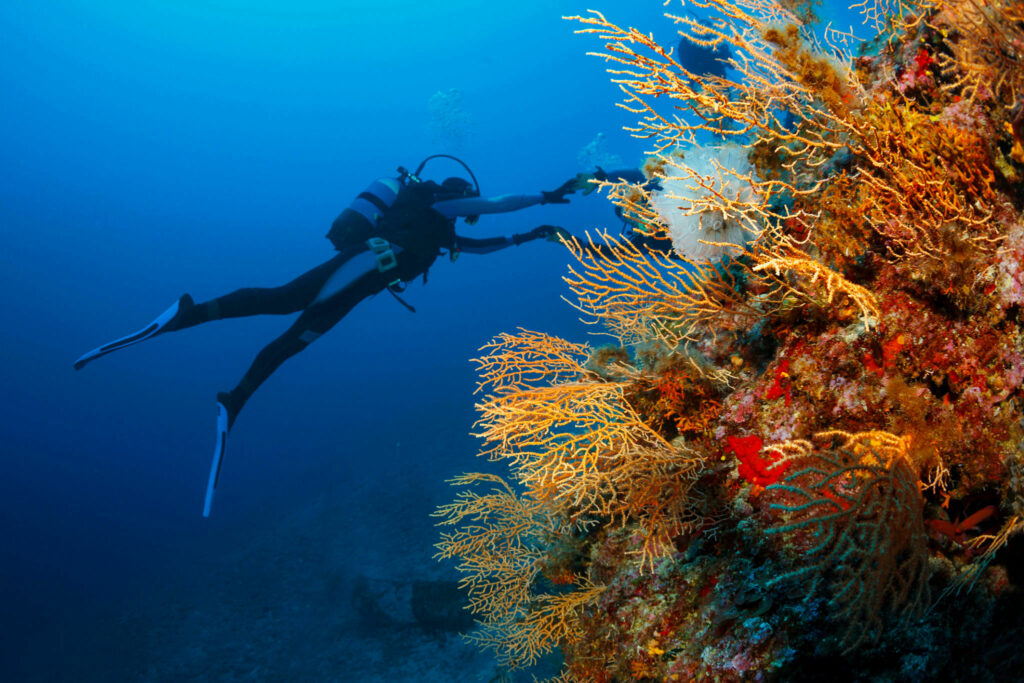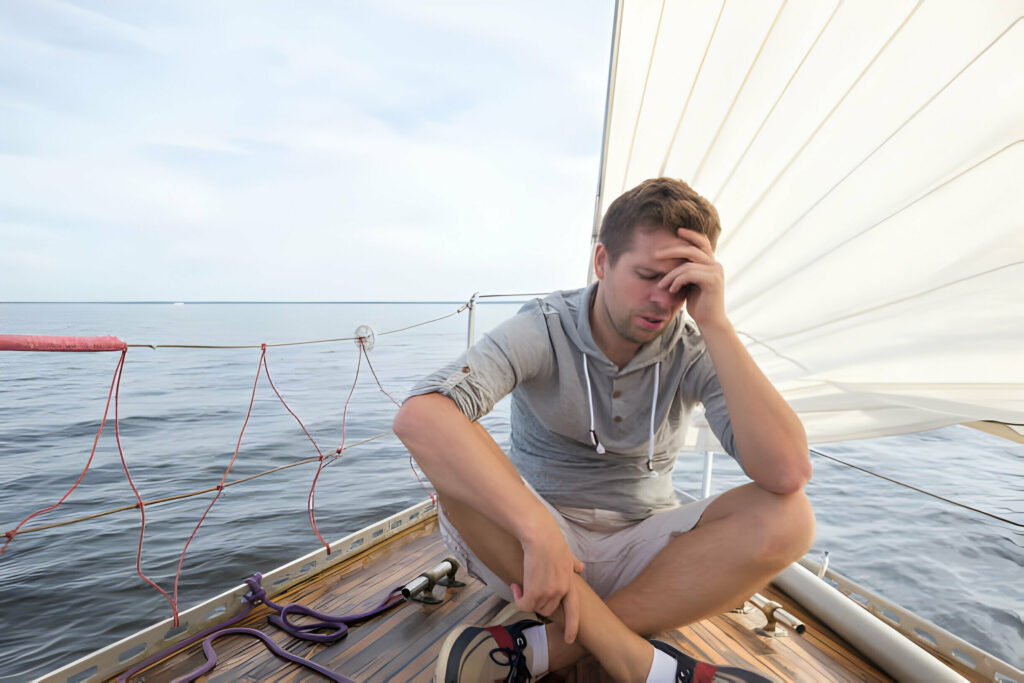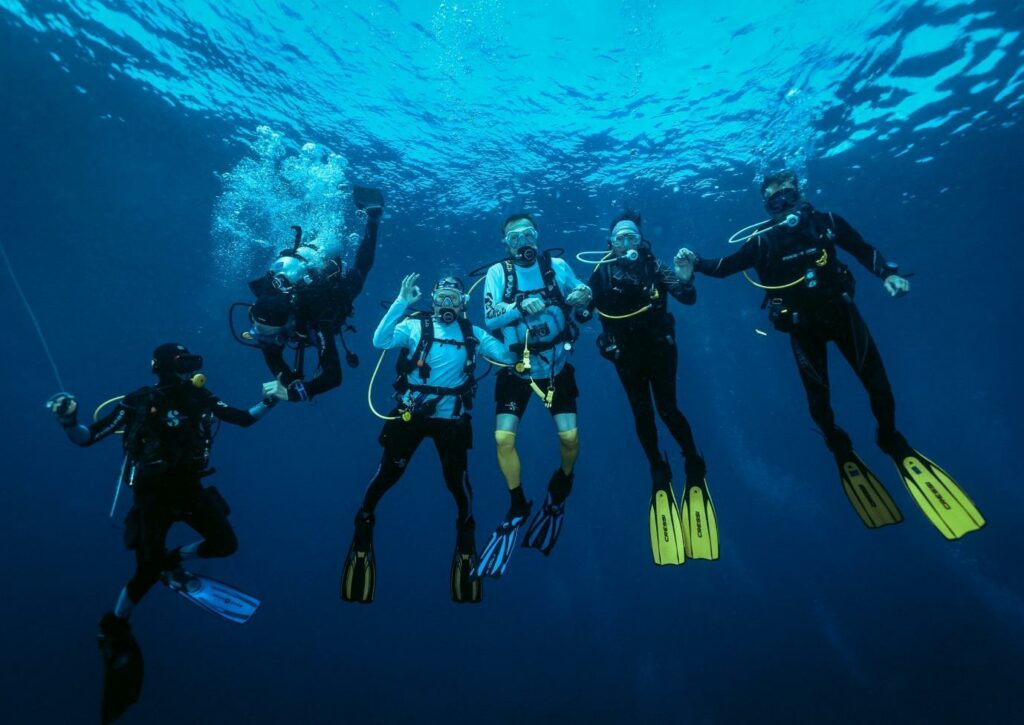How to Balance Airspace and Ear Pressure When Diving
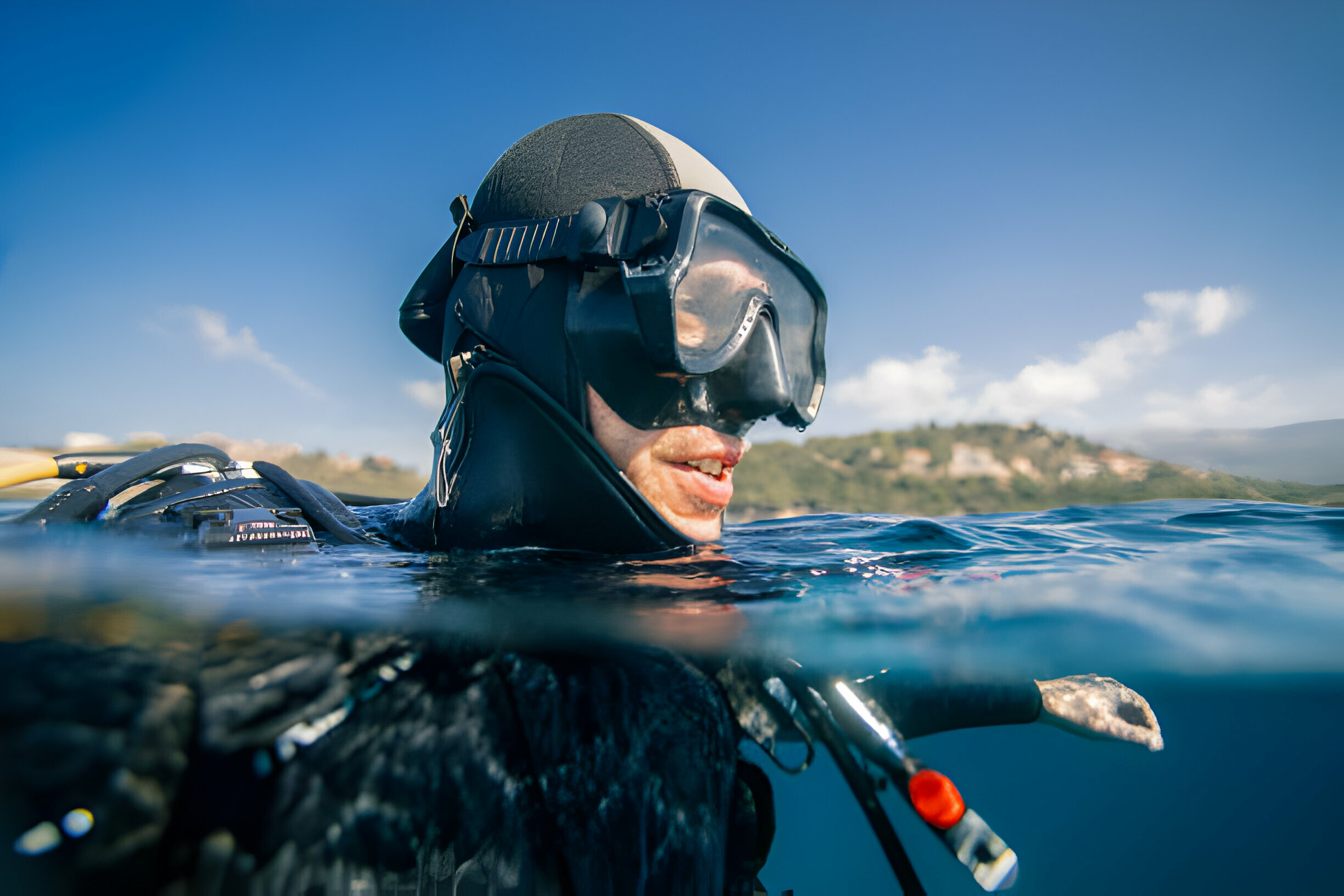
As a diver, you know how important it is to balance your ears. If you are a beginner, your instructor will teach you this during your first dive. If you can’t do it, you won’t be able to dive safely and comfortably. This article explains the importance of balancing your ears to avoid further damage.
Why do we need to balance airspace and ears when diving?
During a dive, we are exposed to high atmospheric pressure, which is twice that of sea level at a depth of ten metres. This pressure compresses the air, which can impact us in various ways, such as the amount of air we consume, nitrogen concentration and oxygen exposure. With regards to your body, there is an airspace in your middle ear. This air pocket inside your head is subject to the same compression and expansion forces which your air in your tank experiences.
The focus of this article is the compression of air spaces in the sinuses and ears. While equalising the two is easy to do under normal conditions, some people have difficulty coping with it under water.
The volume of air in the air chamber of your middle ear also changes when the ambient pressure changes, i.e. increases or decreases. This change is affected by lower or higher pressure levels in the environment. Environmental pressure increases when diving, compressing the air in the sinuses and middle ear.
At first, we will feel pressure on the eardrum, and we will feel pain in the area between the eyes and on the eardrum if we continue to descend without balancing. If you continue to descend without balancing it, you may sustain damage known as barotrauma, rupturing the eardrum, or causing blood and fluid to enter the middle ear in what is known as inner ear squeeze.
Therefore, to equalise this pressure, it is necessary to allow air into the ears via the Eustachian Tubes and the sinuses many times. This is important to do from the beginning of the dive, as the highest pressure changes occur during the first ten metres.
If you cannot release the pressure, go up and try again. Always remember to compensate many times and never try with too much force. Also if you can not equalise at all and feel pain, end the dive. Don’t try and force yourself and end up with a barotrauma accident.
Two Easy Ways to Balance Your Ears
Inserting air increases air volume in your inner ear and equalises pressure being pushed inwards on your ear drum.
They say that some divers do this naturally without doing anything. If you are not one of them, I will explain two ways to do it:
1. Opening the Eustachian tubes
Swallow saliva as you move your jaw from side to side. You can also just move the jaw forward while tensing your neck and moving your tongue to the roof of your mouth. Or simpler yet just wiggle your jaw from side to side. This way, air can enter the middle ear on its own accord when the Eustachian tube is forced open. These are generally considered more passive ways to cause an equalisation as the air moves to the inner ear without force. Given no force is applied this is also the safest way to equalise and prevent the potential of barotrauma due to over pressuring your ears. If you are not an experienced diver, this method is a little more complicated.
2. Performing Valsalva Maneuver
This technique is the most commonly taught by all diving certification agencies. It is the most quick and effective to do, and also easy to master. However it is not my preferred method due to the dangers it can have if not done properly. Read on below for more detail.
To perform this technique, pinch the nose and blow gently with your fingers around your nose. When we are out of the water, it is easy to close our mouths, but when diving, we cannot close our lips because we are holding a regulator in our mouths.
To close the airway, place your tongue on the palate. This will allow air to flow into your ears through the Eustachian tubes and into the sinuses. The air volume will rise and the pressure will be the same.
You should perform this manoeuvre gently and frequently until you feel a “pop” in your eardrum. If you cannot equalise it, do not continue, and do not be forced to do so. You risk damaging the round window on the inside of the ear. Remember to only conduct this move gently. Improve and try again.
3. Performing Frenzel Maneuver
This is a much more conservative technique than the one mentioned above, although a bit trickier to pull off. You start by closing your nostrils and closing the back of your throat as if straining to lift a weight. Then make the sound of the letter “K.” When you do this it will force the back of your tongue upward and compress the air against the openings of your Eustachian tubes
How to Balance Ear Pressure When Diving
1. Warm up your ears before diving
I don’t mean to put your ears in front of a fireplace or heater. You can try the Valsalva motion by briefly moving your jaw; better yet, chew some gum before getting into the water. You will find it easier to equalise on the descent as this prevents you from getting blocked. Start this an hour before diving and do it regularly.
2. Do not dive if you are not feeling well
Do not dive if you have nasal problems such as a cold, flu, allergies, sinusitis, or any other condition that causes nasal congestion. This is because your airways will be blocked, which makes it difficult to equalise them. Also, if you are using an inhaler or nasal congestion medication, diving is not recommended. When diving, the effect may wear off and cause back blockage.
3. Start equalising at the surface
This way, you get air into your ears and make it easier to equalise on the first few metres of the descent, which is the most important descent.
4. Descend with your feet down and your head up
In this position, the Valsalva manoeuvre is easier to perform. You can also control the descent by kicking the fins to rise if necessary.
5. Lift your chin and look up
Doing this will help open the Eustachian tubes and allow air to pass through.
6. Go down slowly to the bottom
If there is more than two metres of water below you, descend slowly or with a rope. A slow, controlled descent takes more time to equalise.
7. Never dive with earplugs on
Earmuffs create additional air space outside the ear. This happens between the earplugs and the eardrum, which cannot be confused because there is no way to get air into them. For full face communication masks, there are perforated earplugs that communicate with the main chamber of the mask. You can exhale air into the mask through your nose to equalise this space.
8. Don't dive with too tight a head covering
This can have the same effect as ear plugs and create an air space in the ear canal that can disrupt ear balance.
9. Don't panic or stress out
You will be overwhelmed and unable to equalise if you panic and stress. If you can’t equalise at all, stop the dive and calm down. It doesn’t matter. If you can’t keep up, it’s better not to push yourself and end up injured. Your safety is very important, to ensure that your ears are ready for diving, consult a doctor specialising in hyperbaric medicine.
Things that can cause difficulty equalising that you should avoid
Mucus build up in your sinuses will prevent air movement and equalisation. The things below are all irritants which will contribute to a buildup of mucus and should be avoided as much as possible to decrease your chances of excess mucus:
- Sleeping with cold air conditioning blowing directly on your face
- Smoking cigarettes
- Drinking alcohol (You should never drink and dive but also limit your intake the night before diving)
- Drinking milky liquids or eating creamy foods before diving
- Water in your mask which gets into your nose
- Colds, flus or lung or sinus infections
Enjoy a Diving Trip in Raja Ampat and Komodo with La Galigo Liveaboard
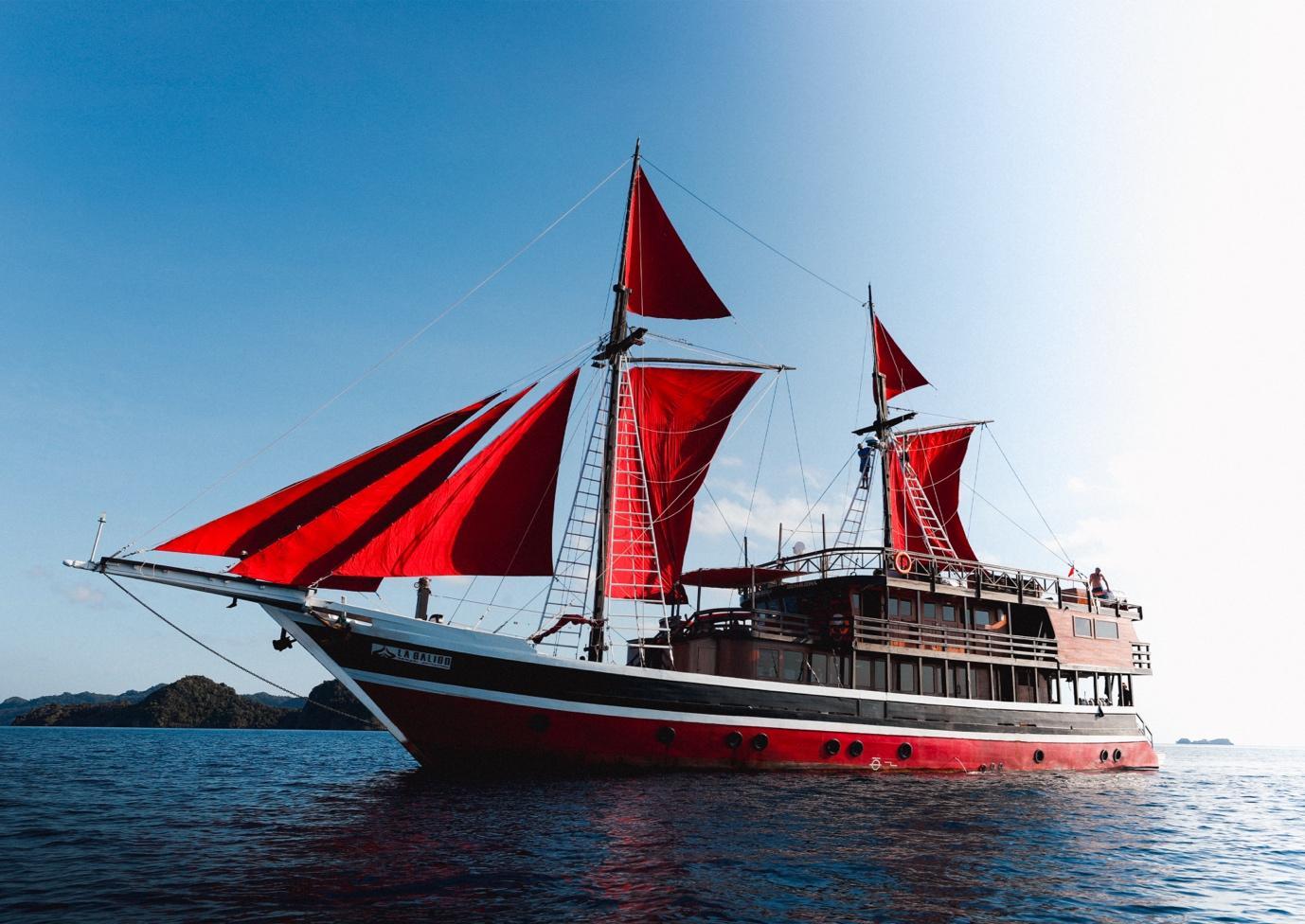
La Galigo is known as one of the best liveaboard diving boats in Raja Ampat Indonesia, and it offers trips to well-known diving destinations such as Komodo and Raja Ampat. The Coral Triangle is located in Indonesia, which has the highest marine biodiversity on the planet.
La Galigo Liveaboard Diving was founded in 2015 by two avid divers who wanted to explore some of Indonesia’s pristine reefs but found that all existing scuba diving options were frequently out of their budget, and wanted to provide an affordable option for everyone to be able to explore these beautiful places.
La Galigo Liveaboard Diving in Raja Ampat & Komodo is a friends and family affair, and our liveaboard diving trips are always focused on fun, safety, guest comfortability, and are exceptional value for money. Our trip prices range from $2,160 for a six-day Komodo liveaboard diving trip to $3,375 for an eight-day Raja Ampat liveaboard diving trip. The price includes four meals a day, diving or snorkelling three to four times a day, and land tours.


